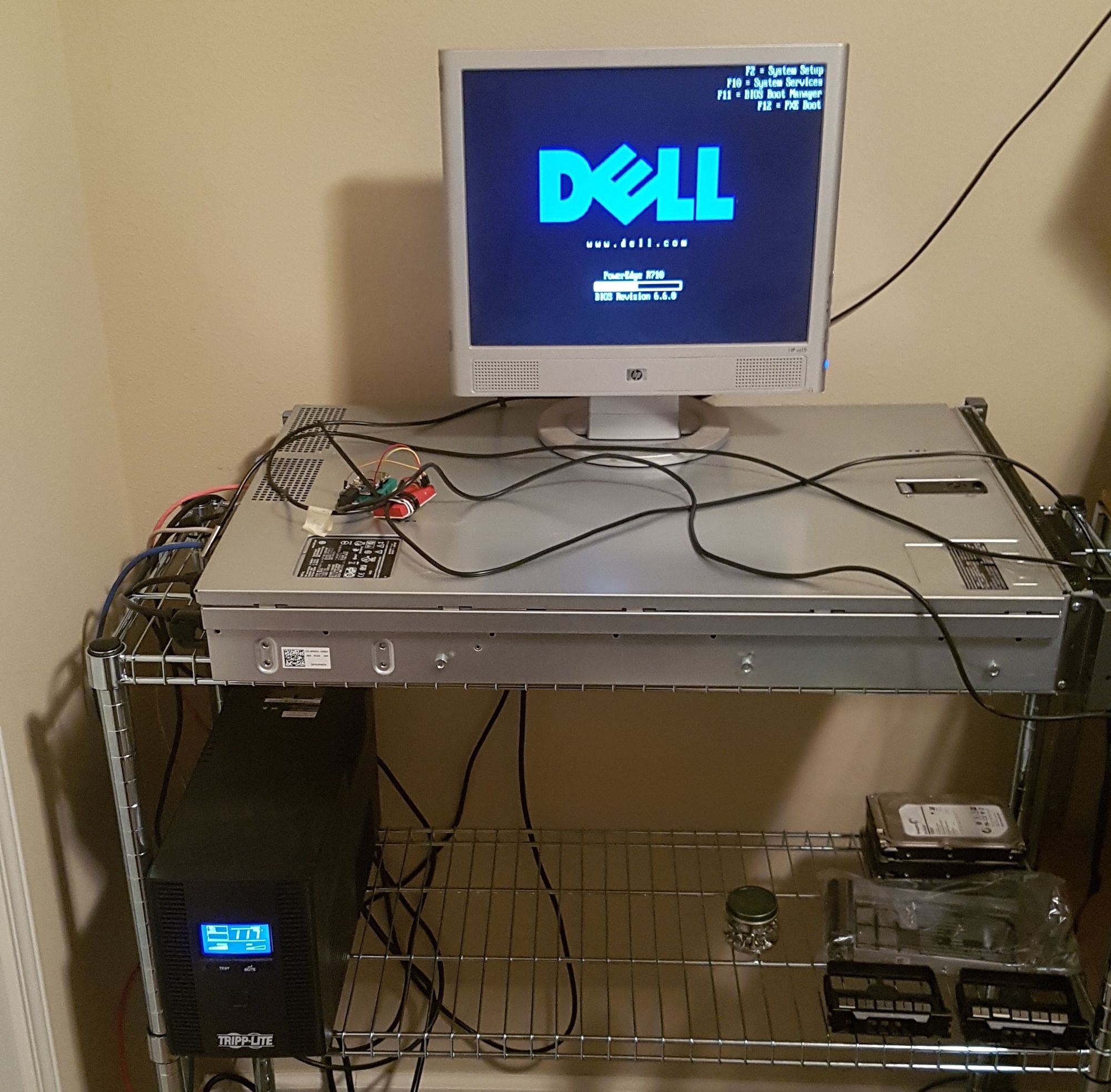
- #Personal use unraid setup how to#
- #Personal use unraid setup windows 10#
- #Personal use unraid setup free#
But you are correct, he's got a new version of unRAID that has KVM packaged into it. unRAID doesn't provide anything of benefit here.
#Personal use unraid setup free#
If you were going to do the same thing yourself, you'd just use KVM directly from something like Fedora or Ubuntu and make a vastly better, totally free system. Basically, I think unRAID paid them to do this, so they did something idiotic. Much like ProxMox would be (PM is also just rebranding KVM.) So what we have here is a KVM hypervisor being deployed in the worst possible way. So yes, unRAID is kind of being used here, by the nature of unRAID including a hypervisor. So what it is is that unRAID has followed in the foolhardy footsteps of FreeNAS and has added a "VM Host" feature to their garbage storage platform. The issue here is that these guys aren't in IT and probably don't know any modern technology, or just what should be common knowledge. Okay I watched far enough to know what to look up. If you were making a server, you'd never have users attaching to it directly. You'd make a cheaper, faster, more solid gaming system. If you were doing this for real gaming, you'd not virtualize, not store your games on a NAS, not use unRAID, not waste all this money and time. So while it's funny, it's an entire range of things that just exists purely to say that you can, no reason to ever do it. It's not a good gaming rig, it's a worthless server, it's pointless as a business desktop. Interesting that they can, I suppose, but the result is an expensive frankenstein that isn't particular good for any use case. The reason you feel that you can't normally do this is because there is no reason to ever do it, it's all ridiculous and pointless. Nothing wrong with what they are doing here, it's just really silly. This is silly "desktop virtualization" technology meant for developers or people playing around, not viable in a server. They are just being goofy to get views.Įnterprise virtualization doesn't give you local console (keyboard, video, mouse) at all. It's "interesting" and fun, but it's not for any real use. That's the only way to do it from a business perspective. without touching the server but from another machine. I always assumed you could only connect to each VM via remote/vnc. But it requires no virtualization there, either.
#Personal use unraid setup windows 10#
If it wasn't for using Windows 10 and those specific games, you don't need this.Īny non-Windows system will do this and if you want to do this with Windows, Microsoft makes a special version that is licensed to do exactly this but they mostly only use it in high school labs. The virtualization here is to deal with limitations in Windows 10 and the video games that they want to run. And that didn't (and still doesn't) require any virtualization.

That was very normal and you could build that today. That's three hundred keyboards and monitors (no mice, that's too new) connected physically to a single computer that everyone would use at once. The first machine that I was an admin on was over 300 users on a single machine like this. The idea of having one user per machine is actually far newer. I did not know that it was possible for MULTIPLE PHYSICAL MONITORS & K.Boards and MICE could connect and run concurrently with each VM.

without touching the server but from another ALAN MILLER. That means each kboard mice and monitor was connected to each individual VM.
#Personal use unraid setup how to#
Basically all i knew was how to administer VM's through RDP/VNC and through one physically connected KVM. My experience with VM's in my last company was through RDCMan (Remote Desktop Connection Manager). Sorry maybe my post wasnt quite clear and i'm the Noob idiot :) If you look at Linus videos you'll see he also did a 7 in 1. To answer your other question you can run two or more individual machines using any hypervisor with the right configuration and spec but most people don't.


 0 kommentar(er)
0 kommentar(er)
